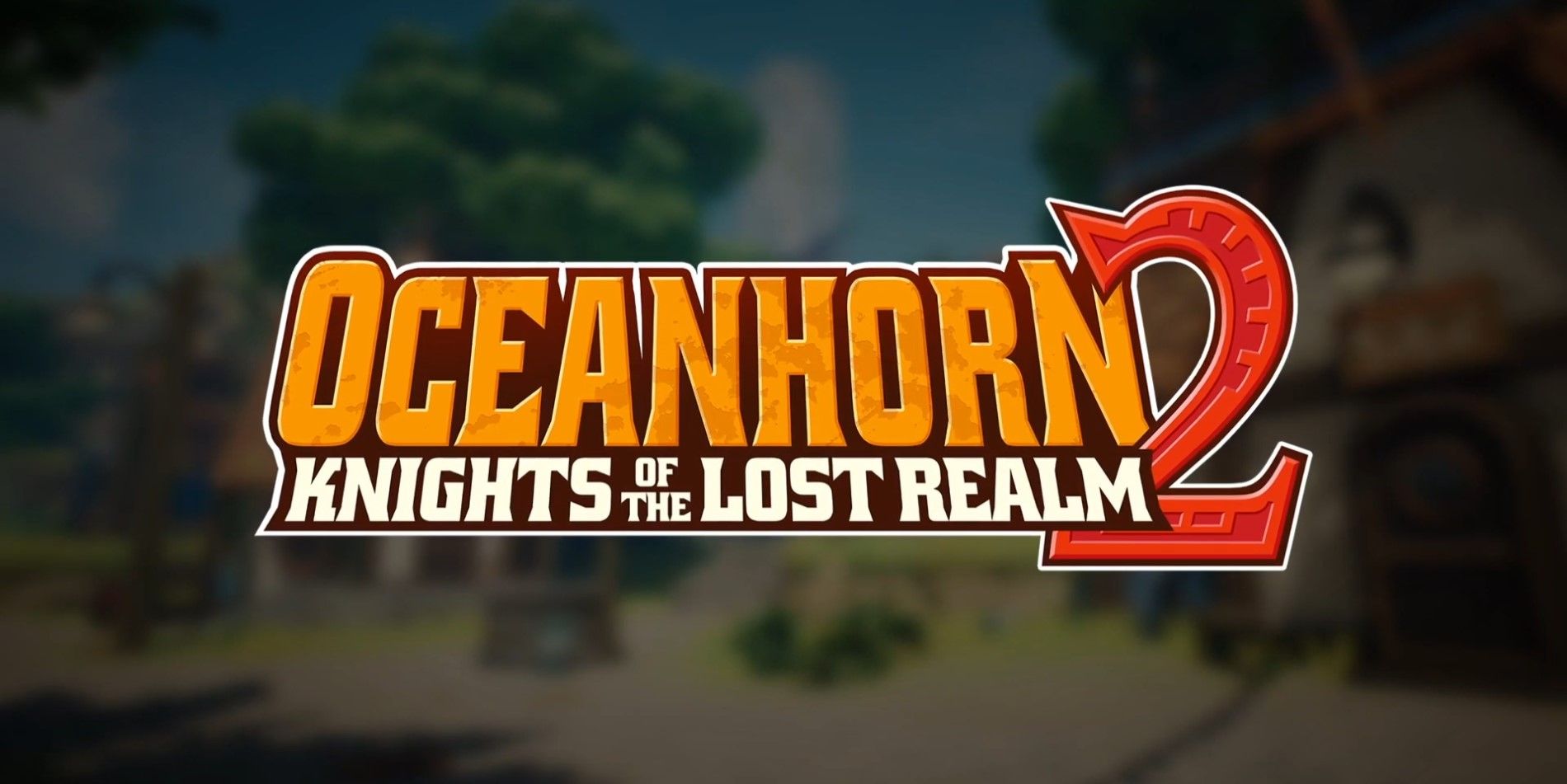Cornfox & Bros’ technically impressive mobile adventure game Oceanhorn 2 has made its way onto the Nintendo Switch. Oceanhorn 2 plays like a love letter to the Legend of Zelda series, and manages to be both bigger and flashier than its predecessor. While a standout hit on smart phones, however, Oceanhorn 2 does lose some of its magic in the transition to console gaming.
Oceanhorn 2 takes place a thousand years before the original game, and tells the story of a young man who becomes a knight and tries to unite the world against the threat of a demon named Mesmeroth. The story line is pretty typical fantasy adventure game fare, and wouldn’t actually be out of place in one of the Legend of Zelda games. There is an added sci-fi element that manages to mix things up with robots and technological machines populating the large world, and it’s enough to distinguish the game and make it feel like its own story.
Players are given a moderate amount of agency to explore the world as they see fit as they hop from island to island completing the main quest or side missions. Each island is large enough that players can travel off the beaten path whenever they wish, but not so large that they lose track of the main quest. The exploration aspect is actually a lot more fun than in the original title, as Oceanhorn 2 is played completely from a third person perspective rather than as an isometric game. This makes navigating much smoother, especially when players take control of their boat to travel to a new island.
The combat portions of Oceanhorn 2 are serviceable, but the developers left out many key features that would have been nice for a console port. Players are given a sword and a firearm called the Caster that is useful against enemies as well as for solving environmental puzzles. Hacking and shooting through the various types of adversaries can be a lot of fun, as long as several don’t gang up on the player at once. The main issue in combat is that there is not a lock on button like in most 3D action games, which means its very easy to lose track of an enemy when fighting against large groups.
There are also a few problems with the Caster as well, which has no form of aim-assist available. This is fine when solving puzzles or sneak-attacking enemies from far away, but using the Caster in the middle of combat can be an absolute disaster sometimes. Just a little aim assistance for a finnicky weapon could go a long way towards helping make fast-paced shooting much simpler and fun.
Oceanhorn 2 looks really good, especially for a game built as a mobile title. It has an artistic lo-fi look that pulls a lot of inspiration from other cartoony 3D action games, but still manages to hold onto some of its own unique style. There are a few issues with character models and animations that detract from this, though. Jumping or throwing objects feels very floaty and far too jerky on the Switch, almost as if a few frames have been removed from the animation. The frame rate remained very consistent throughout through, even in some of the more complicated areas of the game.
Graphically and conceptually it is very obvious that the developers of Oceanhorn 2 took a lot of inspiration from Breath of the Wild. This is by no means a bad thing as games like Genshin Impact have done the same thing and are still wildly successful. The problem with Oceanhorn 2 is that the team put so much effort into creating something that is lovingly inspired by a gaming classic that there was little room for adding something new or exciting to the genre. Oceanhorn 2 previously had the privilege of being the closest that one could get to playing Legend of Zelda on their phone, but it doesn’t have that same distinction on the Switch where it is up against giants like Breath of The Wild. As a result, some of the game’s luster has been lost, even though it’s perfectly serviceable for those interested.
Oceanhorn 2 is available on Nintendo Switch starting October 28th 2020. A Nintendo Switch code was provided for the purposes of this review.
About The Author
